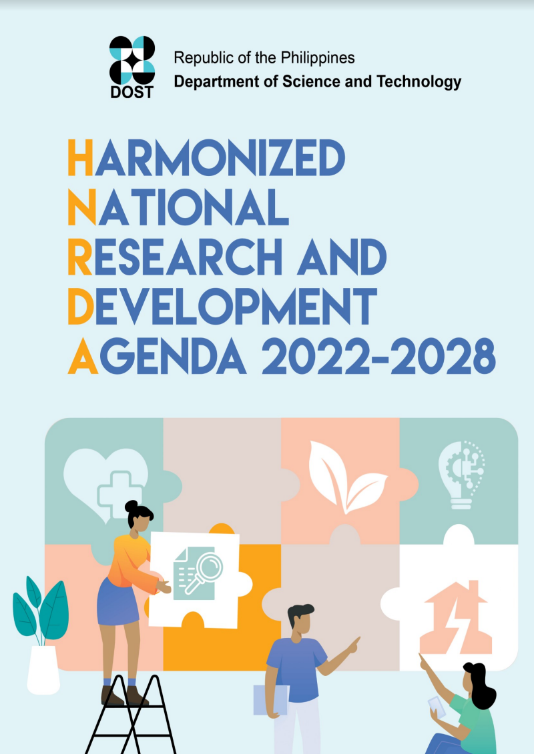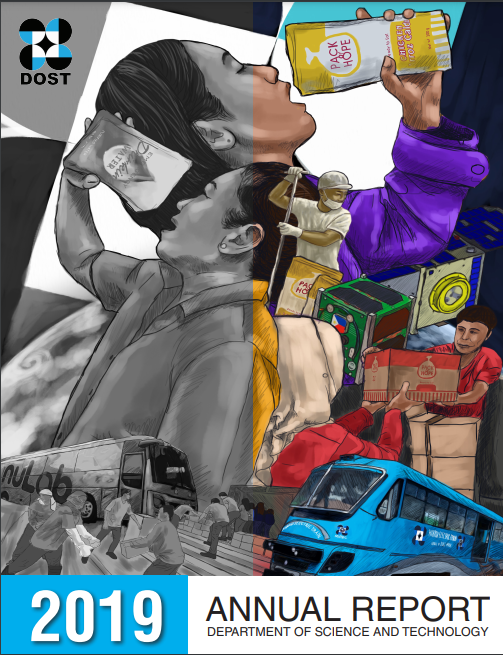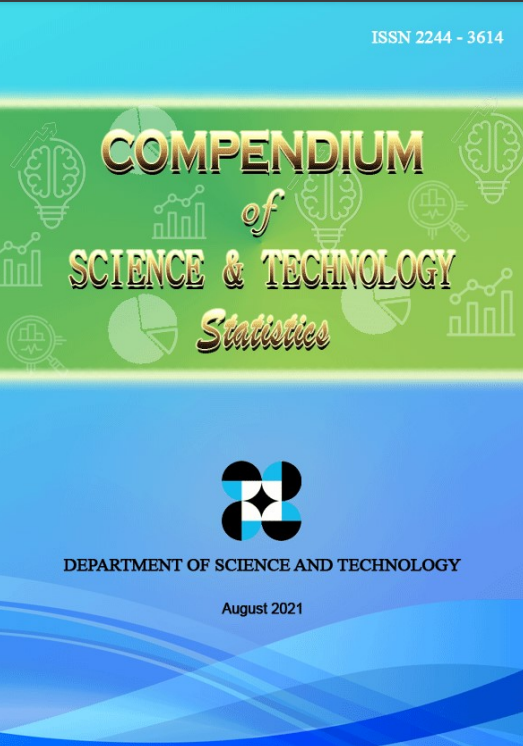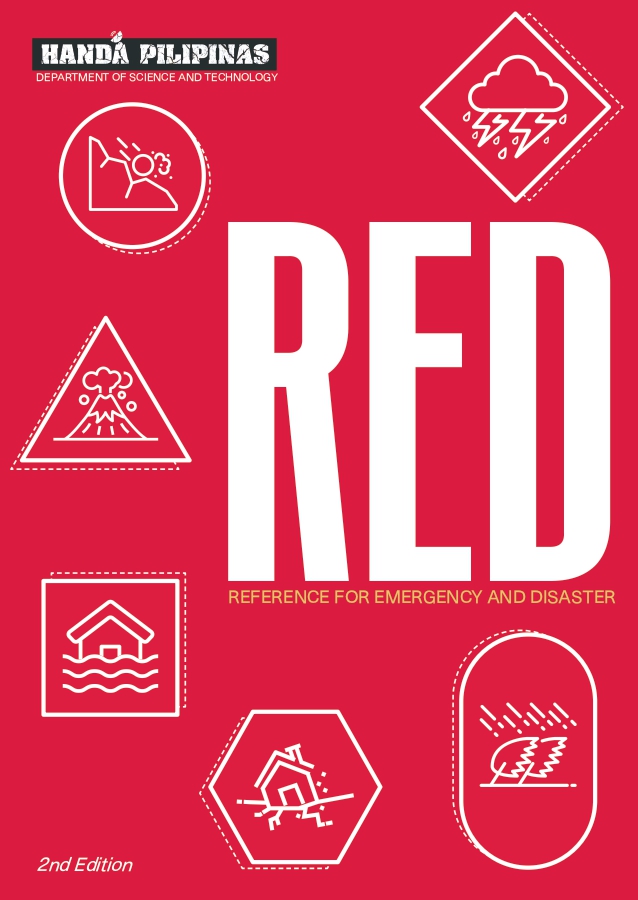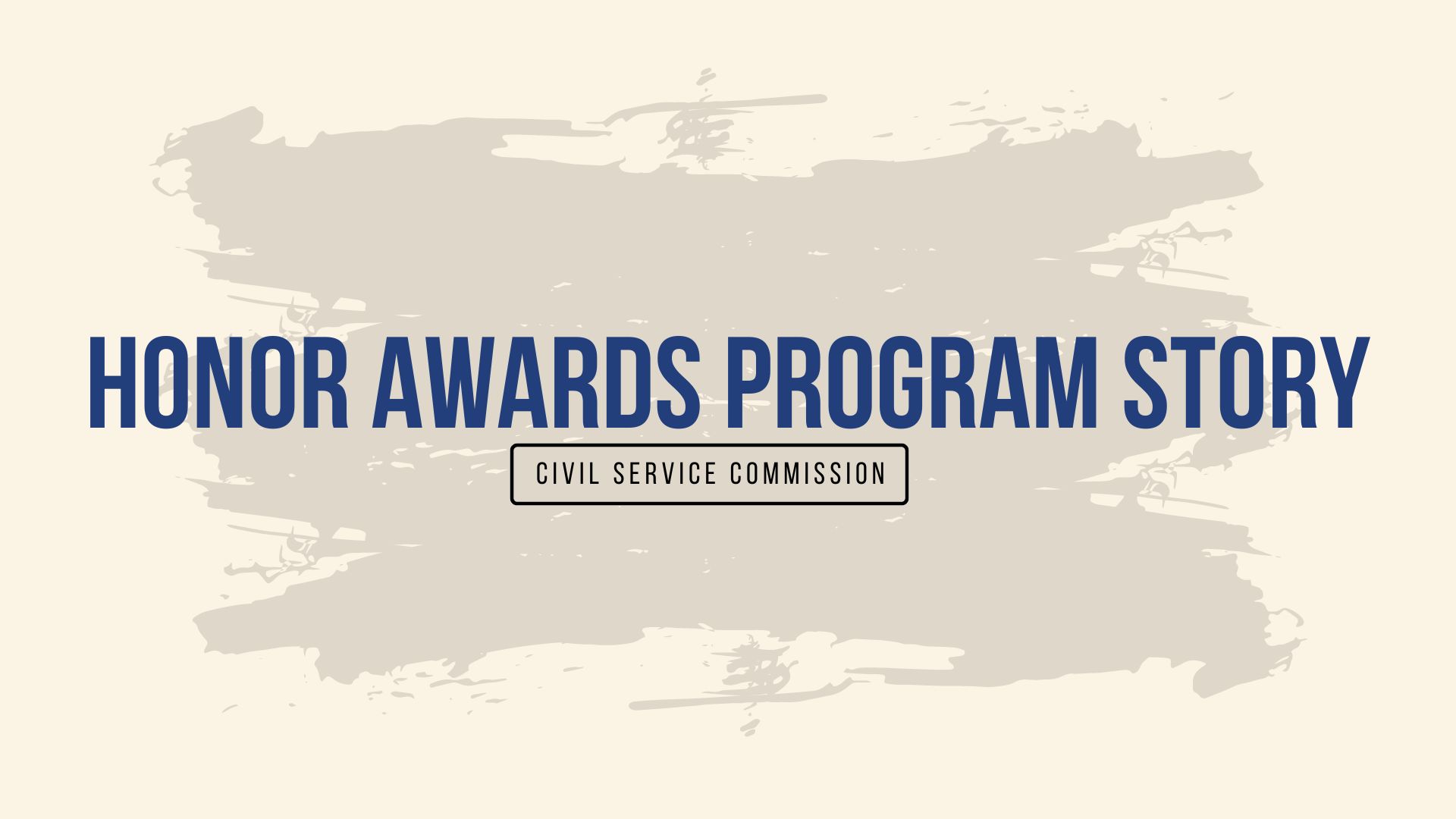DOST’s Next Wave Cities mean more jobs, biz prospects in the regions
- Details
- Hits: 3399
Local residents of the so-called “Next Wave Cities” are in for more job and economic opportunities, according to a Department of Science and Technology (DOST) official. In an interview with DZRH’s Radyo Henyo recently, Monchito Ibrahim, deputy executive director of DOST’s Information and Communication Technology Office, explained that a “next wave city” will not only serve as a location for an Information Technology-Business Process Management office. The city will also provide locals with employment, business, and livelihood opportunities right in their area as IT-BPM companies locate in their places.
In a joint study by the DOST-ICTO and the Information Technology and Business Process Association of the Philippines (IBPAP), “Next Wave Cities” were identified as the best current or potential information technology and business process management (IT-BPM) host cities based on talent resources, infrastructure cost, business environment and risk management – the three most important considerations in locating an IT-BPM office.
The establishment of “Next Wave Cities” is one way of pushing for a more robust ICT climate in areas beyond Metro Manila to generate more employment and business opportunities in the countryside.
DOST-ICTO and IBPAP identified in the 2012 Top 10 Next Wave Cities in the country, namely Davao, Dumaguete, Iloilo, Lipa, Metro Bulacan, Metro Cavite, Metro Laguna, Metro Naga and Metro Rizal.
Ibrahim cited the fresh college graduates from the provinces to stress the idea behind the program. “We are bringing the jobs to them, right in their area so they don’t have to go to Metro Manila to get decent employment,” Ibrahim pointed out.
Ibrahim also believes that by promoting and convincing industry investors to put their business within their areas, an appropriate eco-system for local residents is also put in place for them to cultivate and develop their own ICT industry.
“Aside from employment, we are also giving opportunities to young graduates and professionals to get into business or what we call IT entrepreneurship,” Ibrahim said.
Meanwhile, DOST-ICTO and IBPAP continue to identify alternate locations that could be suitable destinations for IT-BPM operations.
At the end of 2012, the IT-BPM industry generated revenues of U$ 13.3 billion and provided more than 717,000 jobs in all parts of the country.
Ibrahim also revealed that a few months from now, they will be holding several regional road shows to promote the initiatives of Next Wave Cities as well as to market other IT-BPM services aside from call centers, such as healthcare outsourcing and gaming development, to countryside folks.

Monchito Ibrahim, deputy executive director of the Department of Science and Technology-Information and Communications Technology Office (DOST-ICTO), discusses the idea behind Next Wave Cities Program during its press briefing last May 20, 2013 at Manila Peninsula Hotel, Makati City. According to him, this program helps investors assess which other cities outside Metro Manila can be the most viable venue for their IT-BPM operations. He also added that through this initiative, graduates who reside in provinces have the opportunities to get jobs and earn money without moving from their respective areas. (Text by Allan Mauro V. Marfal / Photo by: Gerardo Palad, S&T Media Service, DOST-STII)
Project NOAH
- Details
- Hits: 16079
 |
Dr. Mahar A. Lagmay, executive director of Project NOAH, stresses the importance of technology in mitigating hazards during times of disasters during a press briefing at the Oracle Hotel in Quezon City recently. By utilizing android technology, computer applications like flood maps, weather conditions and other critical information relative to disaster management can now be easily uploaded, downloaded and disseminated even by using cellular phones from the national level down to the communities, anytime, anywhere. (Text by Rodolfo P. de Guzman / Photo by Henry A. de Leon, S&T Media Service, DOST-STII
|

One important aspect of Project NOAH is the creation of flood hazard maps where high-risk areas as well as safer grounds are identified and said information are easily accessed through computers and cellular phones for fast transmission where time is a critical factor. Photo shows Dr. Mahar A. Lagmay explaining the ongoing initiatives being done to mitigate hazards during the press briefing. (Text by Rodolfo P. de Guzman / Photo by Henry A. de Leon, S&T Media Service, DOST-STII)
Stealing weather tools is a 15-year jail term, DOST-PAGASA warns
- Details
- Hits: 5708
The Department of Science and Technology (DOST) - Philippine Atmospheric, Geophysical and Astronomical Services Administration (PAGASA) warns of stiff penalties for those thinking of stealing, taking, and tampering government equipment for weather monitoring, risk reduction, and disaster preparedness.
The penalties range from two to 15 years imprisonment and/or fines from P200,000 to P 3 million. Further, under R.A. 10344 or An Act Penalizing the Unauthorized Taking, Stealing, Keeping or Tampering of Government Risk Reduction and Preparedness Equipment, Accessories and Similar Facilities, the mere possession of said equipment is already prima facie evidence for prosecution and imposition of penalties.
Congressman Angelo Palmones of AGHAM Party List, principal author of the law, stressed that the penalties are bigger because the consequences of stealing the equipment are far greater than ordinary theft. “An example of this is what happened in Agno River where the cables connecting the sensors were stolen and so no warning was given to the people, resulting in damages,” said Palmones.
On the other hand, Dr. Renato U. Solidum, Phivolcs director said, “The role of the community and the people is very important and the local government units must be vigilant in helping safeguard the equipment in their areas. “
During the open forum, veteran broadcaster Mario Garcia, formerly of PTV 4, suggested that PAGASA inscribe tamper-proof and visibly identifiable labels on the equipment bearing the words “Government Property” for easy identification. By doing so, Garcia said it would be easier for the government to punish violators.
“When I was a director in SBMA in Subic, we formed the Social Fencing Group that created a network of informants in the communities who provided them information as to possible perpetrators because they are the ones who knew the residents, ” Garcia shared.
Other speakers during the public hearing were Lita Suerte Felipe, legislative liaison specialist of DOST; Dr. Vicente Malano of PAGASA; and Usec. Corazon Jimenez and Col. Gerry Ilagan of the Metropolitan Manila Development Authority.
Talks for stronger ASEAN S&T cooperation now on
- Details
- Hits: 3205
The 65th ASEAN Committee on Science and Technology Meeting (ASEAN COST-65), organized by the Department of Science and Technology (DOST), opened on May 20, 2013 at the Taal Vista Lodge in Tagaytay City to formally usher in the start of this year’s discussions on common issues in science and technology currently affecting ASEAN member nations.
ASEAN-COST Chairman for the Philippines and DOST Undersecretary for S&T Services Fortunato T. dela Pena delivered the opening remarks in behalf of DOST Secretary Mario G. Montejo to welcome the 100 delegates from ASEAN member nations, including representatives from ASEAN’s dialogue partners namely the United States, Austria, Belgium, Germany, China, Japan, and India.
The Plenary Session for Sub-Committee Meetings officially kickstarted the opening day of the six-day biennial event.
The Plenary Session underscored matters and issues discussed during the 64th meeting of ASEAN COST as well as the 7th Informal ASEAN Ministerial Meeting (IAMMST -7) held in Brunei which will be the jump-off points for this year’s Sub-Committee talks.
Foremost among these was the Krabi Initiative 2010 , a program endorsed by S&T ministers during the 6th Informal ASEAN Ministerial Meeting on S&T held in December 2010 in Krabi, Thailand. The Krabi Initiative seeks to raise ASEAN’s competitiveness in the global village by leveraging the capabilities of science, technology and innovation. Specifically, the program aims to achieve its mission via identified key areas, namely ASEAN Innovation for Global Market, Digital Economy, New Media and Social Networking, Green Technology, Food Security, Energy Security, Water Management, Biodiversity for Health and Wealth, and Science and Innovation for Life.
Among the other issues raised during ASEAN COST-64 and IAMMST-7 which will provide the springboard for discussions this year are the reorganization and restructuring of COST, establishment of new funding mechanisms, and performance review of the various sub-committees.
Another point of discussion was ASEAN’s collaborations with its dialogue partners and their existing projects. Among these are the Talented Young Scientist Visiting Program and ASEAN-China Technology Transfer Center with China, and the ASEAN-US S&T Fellowship Program and ASEAN-US Award for Women in Science with US.
Plans and updates in connection with these topics will be the focal points of the nine Sub-Committee meetings anchored on the following major programme areas of ASEAN-COST: food science and technology, biotechnology, meteorology and geophysics, marine science and technology, sustainable energy research, microelectronics and information technology, material science and technology, space technology and applications, and S&T infrastructure and resources development.
Aside from the Sub-Committee Meetings, delegates to ASEAN COST-65, which will run until May 25, 2013, will also participate in other activities such as the ASEAN-EU Dialogue Meeting, ASEAN-US Consultation Meeting, and a tour of the DOST office in Taguig and the Bonifacio Global City.
Established in 1978, the ASEAN COST aims to strengthen S&T in the region by ensuring that cooperation between members on S&T initiatives remains relevant to present day challenges and supportive of the directives set by ASEAN leaders and S&T ministers.
ASEAN is composed of Singapore, Malaysia, Thailand, Indonesia, Philippines, Brunei, Laos, Cambodia, Myanmar, and Vietnam.













